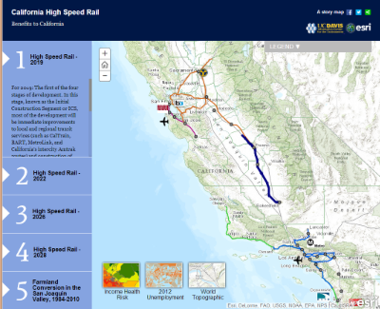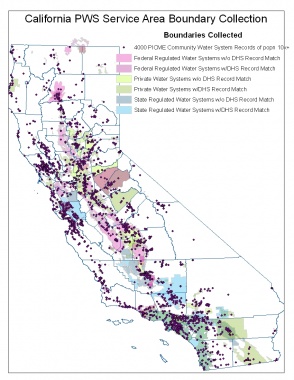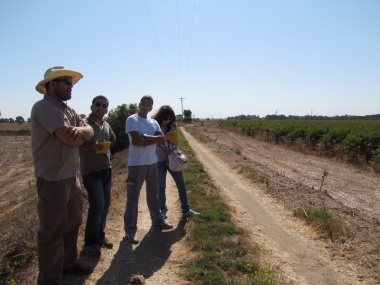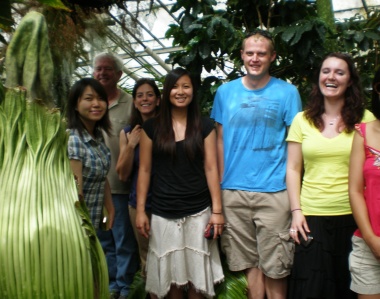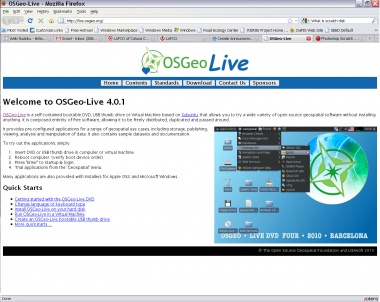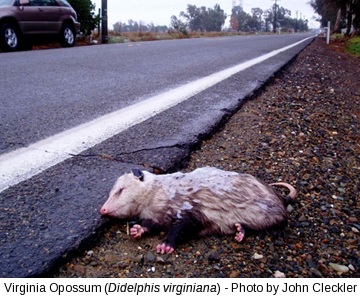Project Background:
This study seeks to better understand the vulnerability of people and communities in the USDA Forest Service Pacific Southwest region (Region 5) to climate-related changes to National Forests and provide information to managers in support of forest planning activities. Forest ecosystems are susceptible to a changing climate through multiple pathways, both directly and indirectly through changes in vegetation. The alteration of ecosystem function then impacts the quantity and quality of goods and services provided by forests. In addition, climate-related changes may also affect disturbance regions, such as wildfire, that can directly affect the well-being of people and communities.
This research will contribute to an existing research program developed for other geographic regions within the US Forest Service on the economic relationships between ecosystem services and the people and communities who may be affected by ecosystem changes. The primary contribution of this post-doctoral position is to conduct an assessment of the socio-economic impacts of climate-related changes to National Forest lands in the Pacific Southwest (primarily California).
Job Description:



